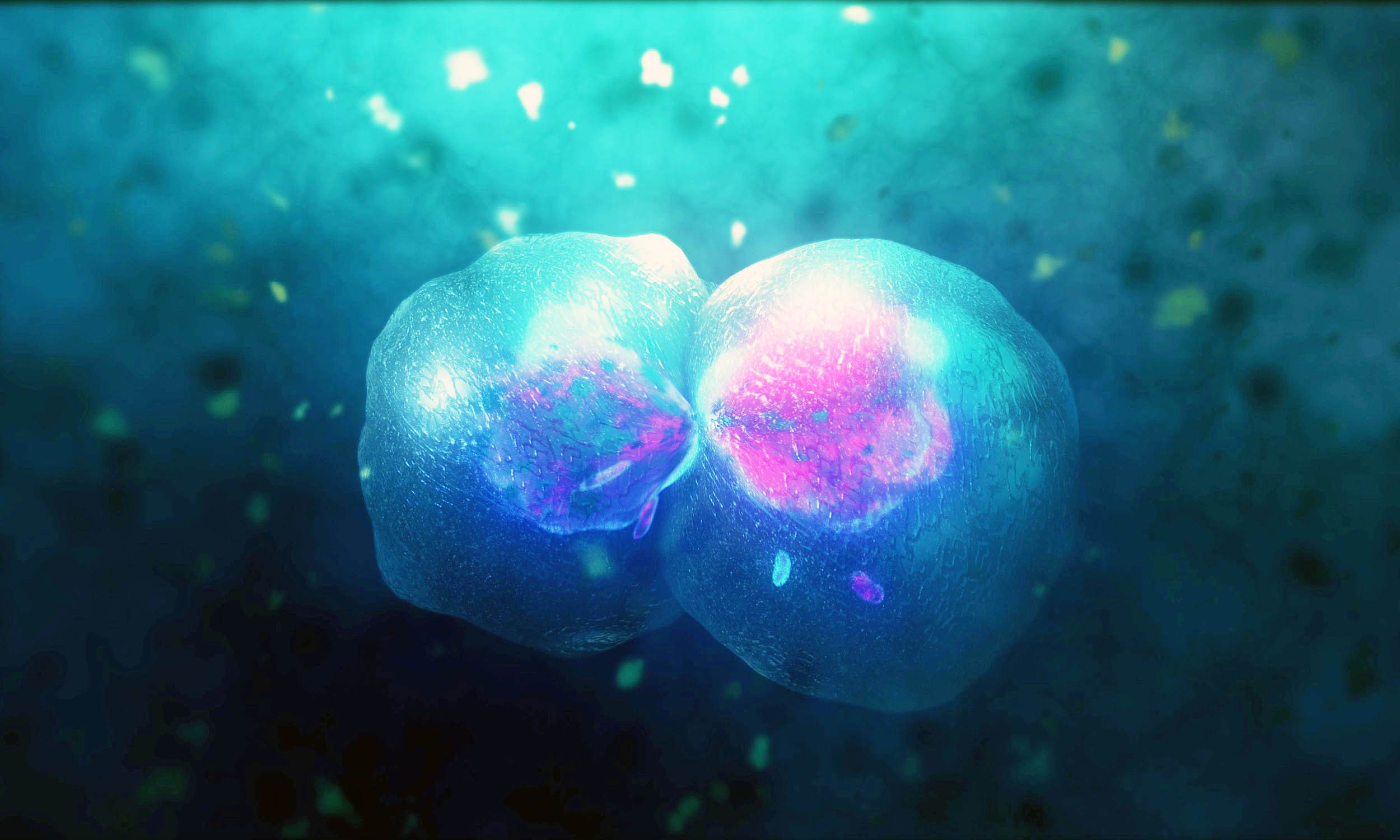
Cancer is often characterized as the uncontrolled proliferation of abnormal cells. This condition is associated with a multitude of health concerns, prompting medical professionals to dedicate significant research efforts to improve treatment strategies.
A recent study unveiled the presence of a molecular “switch” that appears capable of reverting damaged cells to a healthier state.
This research, spearheaded by Kwang-Hyun Cho from the Korea Advanced Institute of Science and Technology (KAIST), could pave the way for innovative cancer therapies.
Reprogramming Cancer Cells
Traditionally, cancer treatments concentrate on destroying or removing cancerous cells. This groundbreaking approach instead encourages abnormal cells to undergo a transformation.
In laboratory experiments, researchers examined organoids derived from colon tumors and successfully redirected the cells, showcasing the potential for a novel therapy model.
The Importance of This Research
Experts point out that many cancer treatments inadvertently damage healthy cells while targeting the affected ones. Such harm can lead to undesirable side effects and long-lasting complications.
Dr. Tiffany Troso-Sandoval, a retired oncologist from Memorial Sloan Kettering Cancer Center, who was not involved in the research, remarked, “This discovery presents a fresh perspective for cancer treatment by reprogramming cancer cells instead of destroying them.” She expresses optimism that this could one day lead to safer alternatives for patients.
Transforming Normal Cells
The process begins with DNA, the blueprint for cellular function. As alterations accumulate within DNA, cells may begin to behave aberrantly.
Eventually, these cells can transition from normal to malignant, potentially triggered by carcinogenic substances such as those found in cigarette smoke or other harmful agents. Once this transition occurs, the body encounters new and complex challenges.
A Brief Window to Reverse Cancer Cells
The researchers identified a crucial window during which cells exhibit both benign and malignant characteristics. During this phase, they are particularly susceptible to the appropriate intervention.
The team noted the presence of a specific enzyme that inhibits the breakdown of certain proteins. By manipulating this enzyme, they were able to restore normal cellular functions.
Reduced Toxicity, Reduced Concerns
Although chemotherapy and radiation remain integral components of cancer treatment, they often result in fatigue, hair loss, and other distressing side effects.
If further investigations validate that targeting these transitional cells is a viable approach, patients may avoid some of the adverse effects commonly associated with cancer therapies. Lower toxicity could also enhance the overall quality of life.
This strategy could help prevent or halt tumor progression before it becomes severe, potentially benefiting individuals with family histories of cancer.
Once experts develop methods to monitor these early cellular changes, healthcare providers might be able to redirect at-risk tissues back to a healthier state.
Signals Guiding Cancer Cell Behavior
Cho’s research team observed the transformation of colon cells in miniature 3D cultures, which provided insights into subtle shifts in cell identity.
The study also underscored the genetic networks at work, creating a framework to understand which molecules encourage cells to take perilous paths.
While this research is promising, it does not suggest that surgical procedures will be abandoned immediately. More studies are essential to establish the safety of reversing tumor cells within the human body. Animal trials, followed by clinical studies, are necessary to evaluate this approach in a realistic setting. It may eventually complement existing treatments, offering physicians additional options.
Insights into Modern Oncology
Advancements in genetic research have provided valuable insights, allowing scientists to identify tumor patterns that went unnoticed for decades.
These breakthroughs have fostered the development of more targeted therapies, including immunotherapies that utilize the body’s natural defenses. The ability to revert cells could become another effective strategy, with each approach serving different patient needs.
Although this study primarily examined colon tumors, the underlying mechanism may also pertain to other cancer types.
If these molecular signals are present in lung, breast, or additional cancer forms, it could provide healthcare professionals with innovative treatment responses. Laboratories worldwide are expected to pursue this line of inquiry.
Transforming Harmful Cells into Beneficial Ones
Researchers aspire to chart the triggers within each patient’s cells to develop tailored treatment strategies.
By pinpointing the pathways that lead cells toward disease, medical professionals may be able to reverse those trends, enabling the body to maintain healthier cell function.
Researchers remain cautious about declaring any definitive cures, acknowledging that preliminary lab findings can evolve when subjected to broader testing.
Nevertheless, there is considerable optimism regarding an approach that could redirect harmful cells to a more benign state, tackling a long-standing challenge in the field of cancer research.
Looking ahead, expanding investigations into various cell types is crucial. Scientists are keen to assess whether the same enzyme blockade yields results across different tissues.
They also seek to enhance understanding of how transitional cells respond in varying environments, which could help identify the optimal intervention timing for healthcare professionals.
The findings are featured in the journal Advanced Science.
—–
Enjoyed this article? Sign up for our newsletter to receive engaging articles, exclusive content, and the latest news.
Explore more on EarthSnap, a complimentary app developed by Eric Ralls and Earth.com.
—–









